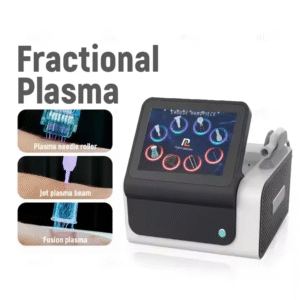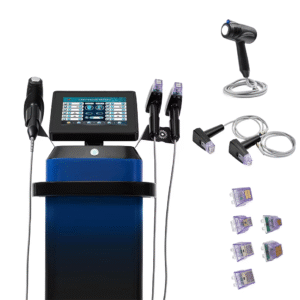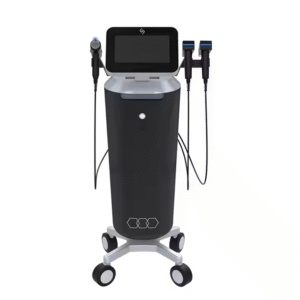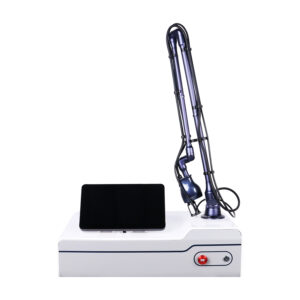scars removal
**Scars removal** refers to a variety of medical, cosmetic, or therapeutic procedures aimed at reducing the visibility, texture, and color of scars on the skin. Scars are the body’s natural response to skin injuries, such as cuts, burns, acne, surgical incisions, or trauma, and they form as part of the healing process when collagen fibers rebuild the damaged tissue. However, scars may appear raised, indented, discolored, or uneven, which can affect both physical appearance and, in some cases, functionality or self-esteem.
Scars removal techniques vary depending on the type, size, depth, and age of the scar, as well as the individual’s skin type and overall health. Common methods include:
1. **Topical Treatments**: Over-the-counter or prescription creams, gels, or ointments containing ingredients like silicone, retinoids, or vitamin E may be used to flatten and soften scars over time.
2. **Minimally Invasive Procedures**: Chemical peels, microdermabrasion, or laser therapy can improve scar texture and color by stimulating collagen production or removing damaged skin layers.
3. **Surgical Options**: For deeper or more prominent scars, surgical excision, subcision (releasing fibrous tissue beneath the scar), or skin grafting may be performed to reconstruct the affected area.
4. **Injections**: Corticosteroids or fillers can be injected into raised or indented scars to reduce inflammation or restore volume.
5. **Energy-Based Devices**: Radiofrequency (RF), microneedling with RF, or fractional CO₂ lasers target deeper skin layers to remodel collagen and improve scar appearance.
The goal of scars removal is not always complete eradication but rather minimizing their visibility and improving skin texture, tone, and elasticity. Results depend on the scar’s characteristics and the chosen treatment method, often requiring multiple sessions for optimal outcomes.
Showing all 5 results





